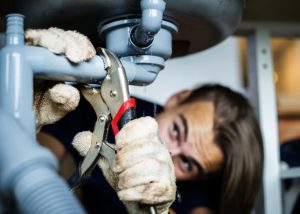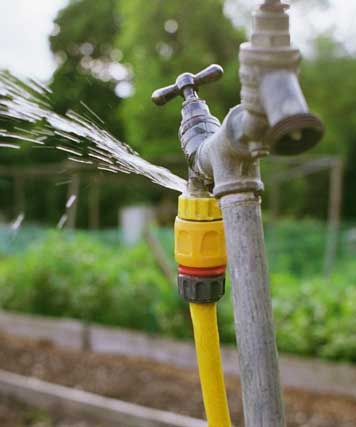Guide To Water Leakage Detection In The House
Guide To Water Leakage Detection In The House
Blog Article
Right here in the next paragraph yow will discover additional professional guidance regarding Locating water leaks.

Early detection of leaking water lines can mitigate a possible catastrophe. Some tiny water leakages might not be noticeable.
1. Examine the Water Meter
Checking it is a surefire way that helps you uncover leaks. If it moves, that shows a fast-moving leakage. This suggests you may have a slow leak that could even be underground.
2. Check Water Usage
Assess your water bills and also track your water consumption. As the one paying it, you should observe if there are any kind of discrepancies. If you identify sudden changes, in spite of your consumption coinciding, it indicates that you have leakages in your plumbing system. Remember, your water expense need to fall under the exact same array monthly. An unexpected spike in your costs indicates a fast-moving leakage.
On the other hand, a stable increase each month, even with the very same behaviors, shows you have a sluggish leakage that's additionally gradually escalating. Call a plumber to thoroughly check your building, specifically if you really feel a cozy location on your floor with piping below.
3. Do a Food Coloring Examination
When it comes to water intake, 30% comes from bathrooms. If the color somehow infiltrates your dish throughout that time without flushing, there's a leak in between the tank and also bowl.
4. Asses Exterior Lines
Don't neglect to inspect your outdoor water lines too. Examination spigots by affixing a garden tube. Ought to water permeate out of the connection, you have a loose rubber gasket. Change this and also make certain all connections are tight. It will assist get it expertly took a look at and maintained annually if you've got a lawn sprinkler system. One little leakage can throw away tons of water and also increase your water bill.
5. Examine the situation and check
Home owners should make it a behavior to examine under the sink counters and also also inside closets for any bad odor or mold and mildew development. These two warnings indicate a leak so timely interest is required. Doing routine inspections, even bi-annually, can conserve you from a major trouble.
A lot more importantly, if you know your residence is already old, maintain a watchful eye on your heaters, hose pipes, pipes etc. Check for stainings and compromising as a lot of pipes as well as home appliances have a life expectancy. They will certainly also normally deteriorate as a result of tear and put on. If you believe dripping water lines in your plumbing system, don't wait on it to rise. Call a professional plumber immediately so you do not end up with a dreadful mess in your house.
Early discovery of leaking water lines can reduce a possible catastrophe. Some little water leakages may not be noticeable. Examining it is a proven means that aids you find leaks. One tiny leakage can throw away bunches of water and surge your water expense.
If you think leaking water lines in your plumbing system, don't wait for it to rise.
WARNING SIGNS OF WATER LEAKAGE BEHIND THE WALL
PERSISTENT MUSTY ODORS
As water slowly drips from a leaky pipe inside the wall, flooring and sheetrock stay damp and develop an odor similar to wet cardboard. It generates a musty smell that can help you find hidden leaks.
MOLD IN UNUSUAL AREAS
Mold usually grows in wet areas like kitchens, baths and laundry rooms. If you spot the stuff on walls or baseboards in other rooms of the house, it’s a good indicator of undetected water leaks.
STAINS THAT GROW
When mold thrives around a leaky pipe, it sometimes takes hold on the inside surface of the affected wall. A growing stain on otherwise clean sheetrock is often your sign of a hidden plumbing problem.
PEELING OR BUBBLING WALLPAPER / PAINT
This clue is easy to miss in rooms that don’t get much use. When you see wallpaper separating along seams or paint bubbling or flaking off the wall, blame sheetrock that stays wet because of an undetected leak.
BUCKLED CEILINGS AND STAINED FLOORS
If ceilings or floors in bathrooms, kitchens or laundry areas develop structural problems, don’t rule out constant damp inside the walls. Wet sheetrock can affect adjacent framing, flooring and ceilings.
https://www.servicemasterbyzaba.com/blog/how-to-detect-water-leakage-in-walls/

Do you appreciate more info about Finding hidden leaks? Post feedback further down. We would be glad to know your views about this article. In hopes that you come back again soon. Do you know about someone else who is involved in the niche? Feel free to promote it. Thank-you for taking the time to read it.
Report this page